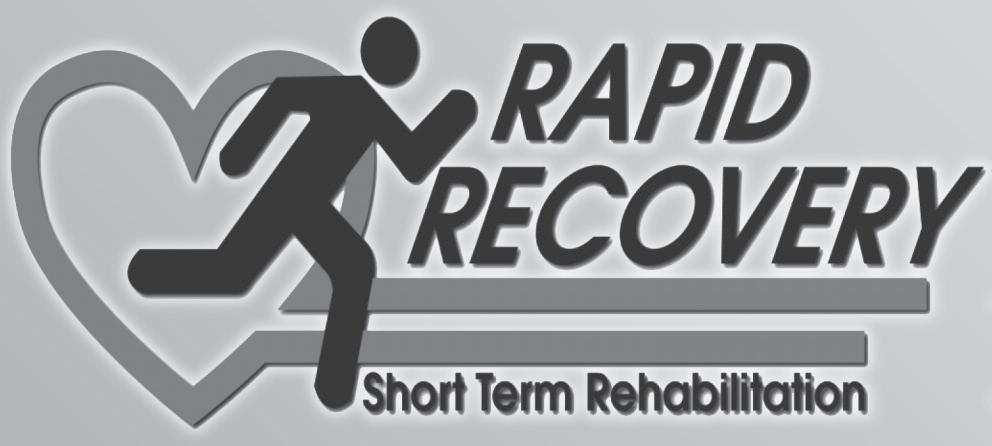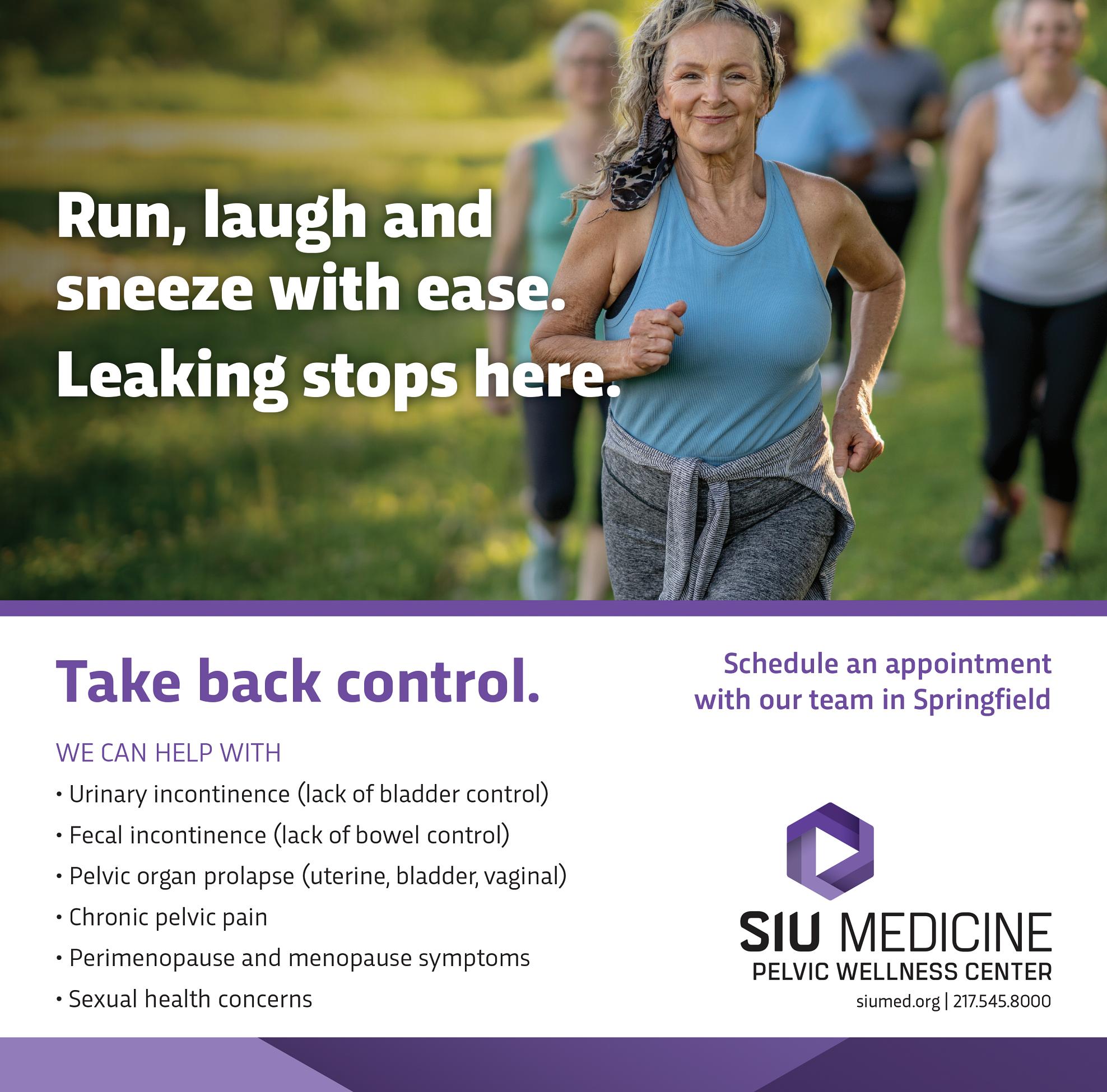









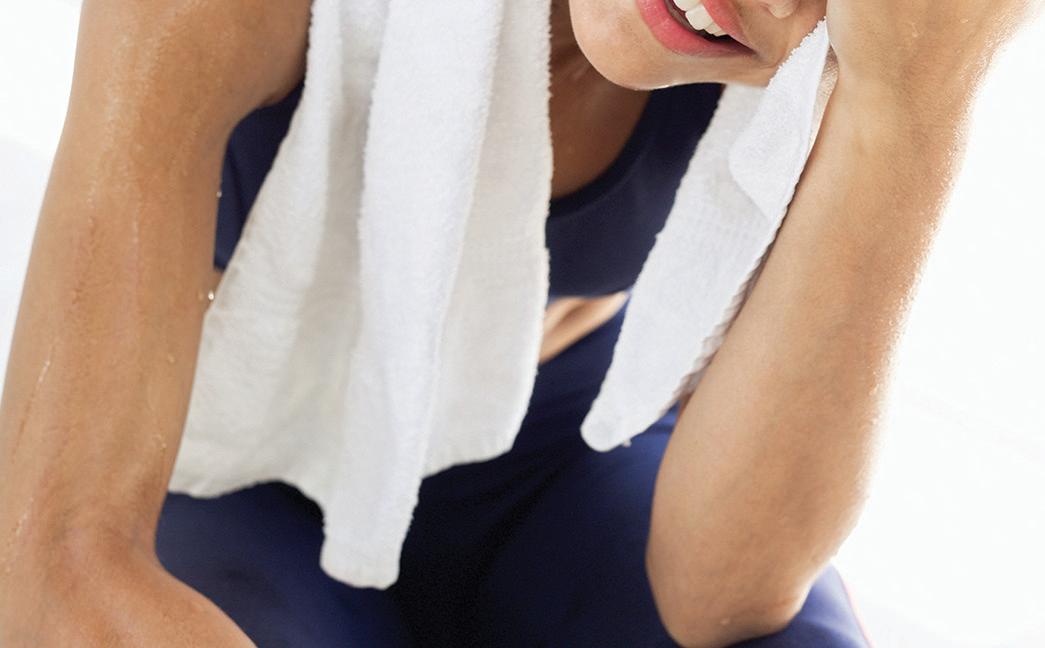

























A Special Supplement to the



















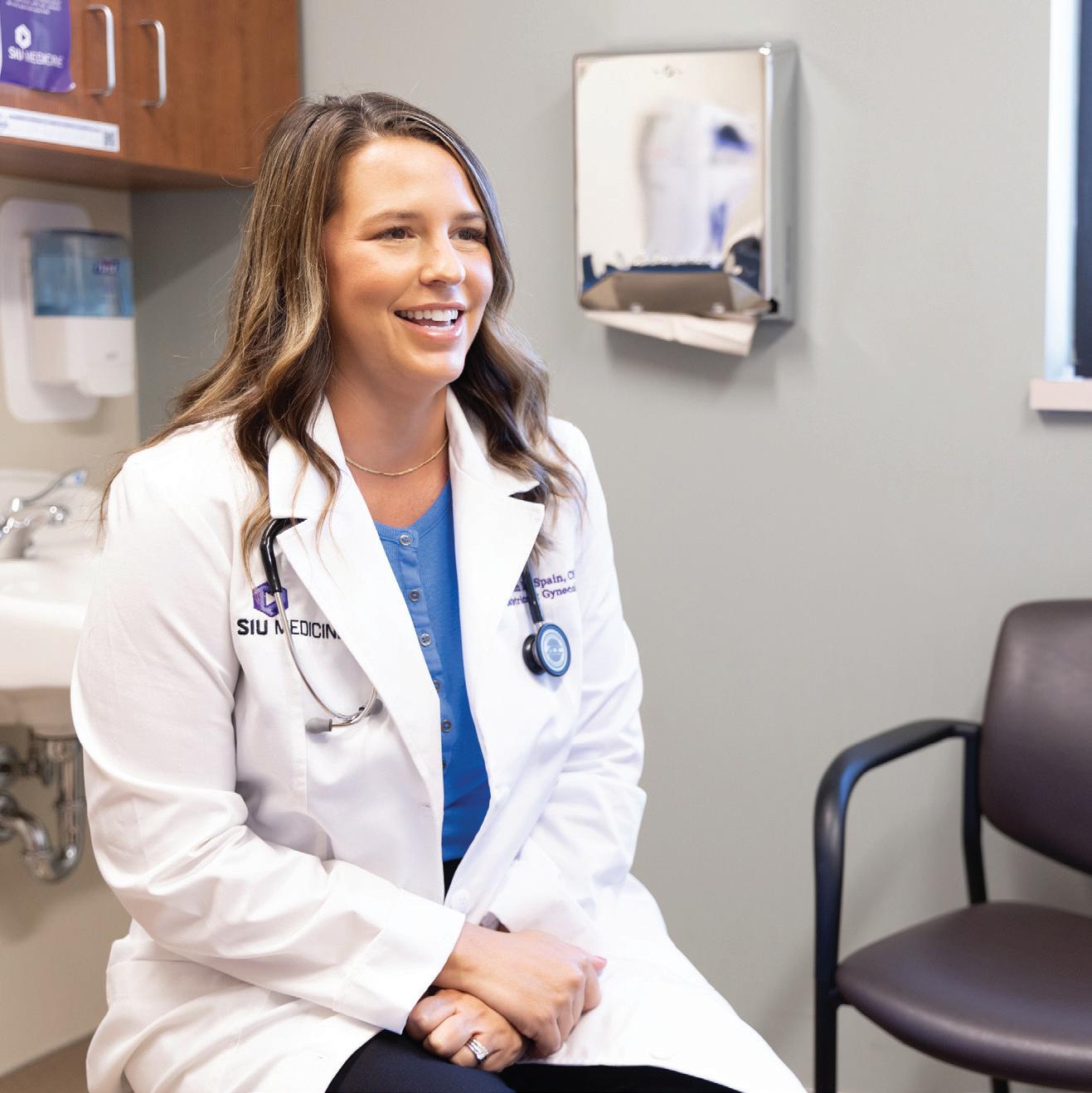







Particularly warm days, which can arise as spring gives way to the dog days of summer, can be both uncomfortable and unhealthy. Such days also can prove deadly. Despite that threat, the Centers for Disease Control and Prevention notes that heat-related illnesses are preventable. Harmful outcomes also are preventable when people learn to distinguish between heat-related illnesses. Heatstroke and heat exhaustion are easily confused, but the two conditions produce noticeably different symptoms. Recognition of that can help anyone stay healthy or help someone in need as the mercury rises this summer.
Heatstroke symptoms
• Elevated body temperature, typically 103 F or 104 F or higher
• Hot, red, dry, or damp skin
• Fast, strong pulse
• Headache
• Dizziness
• Nausea
• Confusion
• Loss of consciousness
Heat exhaustion symptoms
• Heavy sweating
• Cold, pale and clammy skin
• Fast, weak pulse
• Nausea or vomiting
• Muscle cramps
• Feelings of tiredness or weakness
• Dizziness
• Headache
• Fainting
Anyone experiencing these or other abnormal symptoms on hot days is urged to immediately move to a cool place and seek medical help. The CDC notes that heatstroke is a medical emergency, so individuals who suspect they or someone in their presence is experiencing heatstroke should call 911 immediately. If heat exhaustion is suspected, seek immediate medical help if a person is vomiting, experiencing symptoms that are worsening or sticking around for one hour or longer. More information about heat-related illnesses is available at cdc.gov.
Students and sleep are not always compatible.
College students have long expressed a tendency to be night owls, but even schoolaged youngsters may be reluctant to go to bed on time during the school year.
Parents of schoolaged children know that bedtime can be challenging, particularly when moms and dads want to ensure their youngsters get the recommended number of hours of sleep each night. The American Academy of Sleep Medicine advises school-aged children between the ages of six and 12 get nine to 12 hours of sleep per night, while teens are urged to sleep eight to 10 hours per night. Studies have found that when students don’t get enough sleep on school nights, their academic performance is likely to suffer. A 2023 study of first-year college students led by researchers at Carnegie Mellon University and published in the Proceedings of the National Academy of Sciences found that negative outcomes began to accumulate when students received less than six hours of sleep per night.
Authors of the study noted that previous studies in animals showed that memories formed during the day were consolidated while animals slept but forgotten when those animals’ normal
sleep patterns were interrupted. The researchers behind the study identified a notable decline in students’ grade point averages when they received less than six hours of sleep, suggesting humans’ ability to learn and remember what they’ve learned in a given day is compromised if they don’t get enough sleep that night.
School-aged youngsters typically get more than six hours of sleep per night, but if they’re falling short of AASM recommendations, those students’ academic performance could be adversely affected. With that in mind, parents can try various strategies to get children to bed on time.
Stay consistent with bedtime. A firm bedtime can reduce the likelihood that sleep disruptions will affect how children perform in the classroom. If children are staying up three hours past their weeknight bedtime on Friday and Saturday, then they’re less likely to want to go to bed on time on school nights. A little flexibility on the weekends might not upset the apple cart, but try to maintain a consistent bedtime throughout the week.
Help kids calm down before bed. A winding down period leading up to bedtime can help kids fall asleep more quickly and might even make them less
resistant to bedtime. Avoid particularly energetic activities directly before bedtime. Calmly reading a book and picking clothes out for the next day of school are calm activities that can get kids’ bodies ready for sleep.
Avoid confrontation. Parents are urged to let it go if kids aren’t falling right asleep but are still being cooperative at bedtime. Kids might want to keep reading to themselves after Mom and Dad say goodnight, and that’s alright so long as children aren’t continually getting out of bed or getting riled up. Eventually kids will tire out when engaging in a calm, pre-sleep activity, so parents should not grow upset and confront kids who are behaving but not falling asleep right away.
Create a positive sleep environment. Young children will resist sleep if it sounds like their parents and siblings are having a grand old time without them. Parents typically go to great lengths to ensure kids’ bedrooms are conducive to sleep, but it’s also important to maintain a peaceful setting throughout the rest of the house once children go to bed.
Sleep and school are inextricably linked, and parents can do much to ensure kids get the rest they need to do their best in the classroom.

Make a healthy choice by getting your hearing evaluated.


Despite decades of medical advancements and increased awareness, misinformation about women’s health continues to circulate. These myths can lead to confusion, influence health care decisions and even prevent women from seeking the care they need, causing unnecessary suffering.
At SIU Medicine, we believe accurate information is a vital part of better health. Our women’s health experts are committed to helping patients separate fact from fiction so they can make informed decisions and feel empowered in their care.
“Patients often come in believing things they have seen on social media or heard from friends or family,” says SIU Medicine OB-GYN Dr. Nelson. “When this happens women have misconceptions about their health. Conversations based on correct information and compassion create an open environment for women to learn about their bodies. The sooner we replace misinformation with true facts the better care women can receive.”
Common myths about women’s health
1. PMS isn’t real.
Premenstrual syndrome (PMS) is very real. It involves physical and emotional symptoms triggered by hormonal changes. Hormonal changes before a period can cause a wide range of symptoms, including mood swings, fatigue, cramps and more. Just because someone hasn’t experienced it themselves doesn’t mean it doesn’t exist. If PMS disrupts your daily life, your provider can help find ways through lifestyle adjustments or medications to manage your symptoms.
2. Pap smears are painful . While discomfort levels vary, a Pap smear shouldn’t be painful. You may feel pressure when the speculum is inserted, and some women experience mild cramping. If you’re concerned, talk with your provider; they will help make the process more comfortable.
3. Birth control pills cause infertility.
Research shows that the pill does not lead to infertility. Most women return to a normal cycle within one to two months after their last dose. However, because the pill regulates periods, underlying fertility problems may go unnoticed, leading to the misconception that the pill itself causes
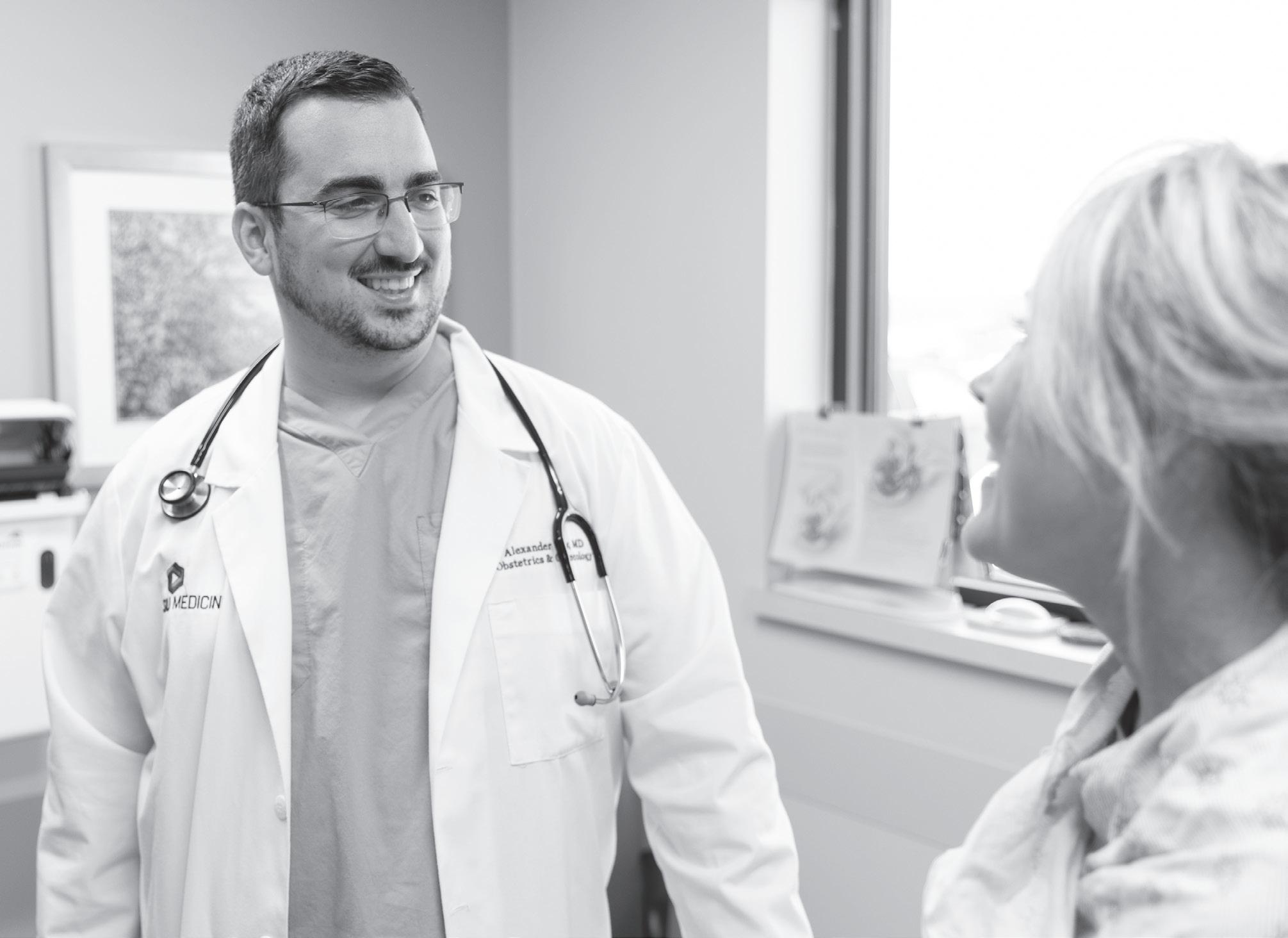
infertility.
4. You can’t see your gynecologist while on your period.
Most gynecologists are fine with seeing you while you’re on your period. In most cases, your period won’t affect a routine exam. The only exception is if you have a heavy flow, which could affect certain test results, like a Pap smear. If you’re experiencing periodrelated issues, visiting during your cycle can help your doctor assess
symptoms in real time.
5. If you’ve had the HPV vaccine, you don’t need Pap screenings.
The HPV vaccine protects against certain strains of the virus that cause cervical cancer, but not all. That’s why routine Pap screenings remain essential for early detection and prevention.
6. If you get HPV, you will get cervical cancer.
HPV is common—over
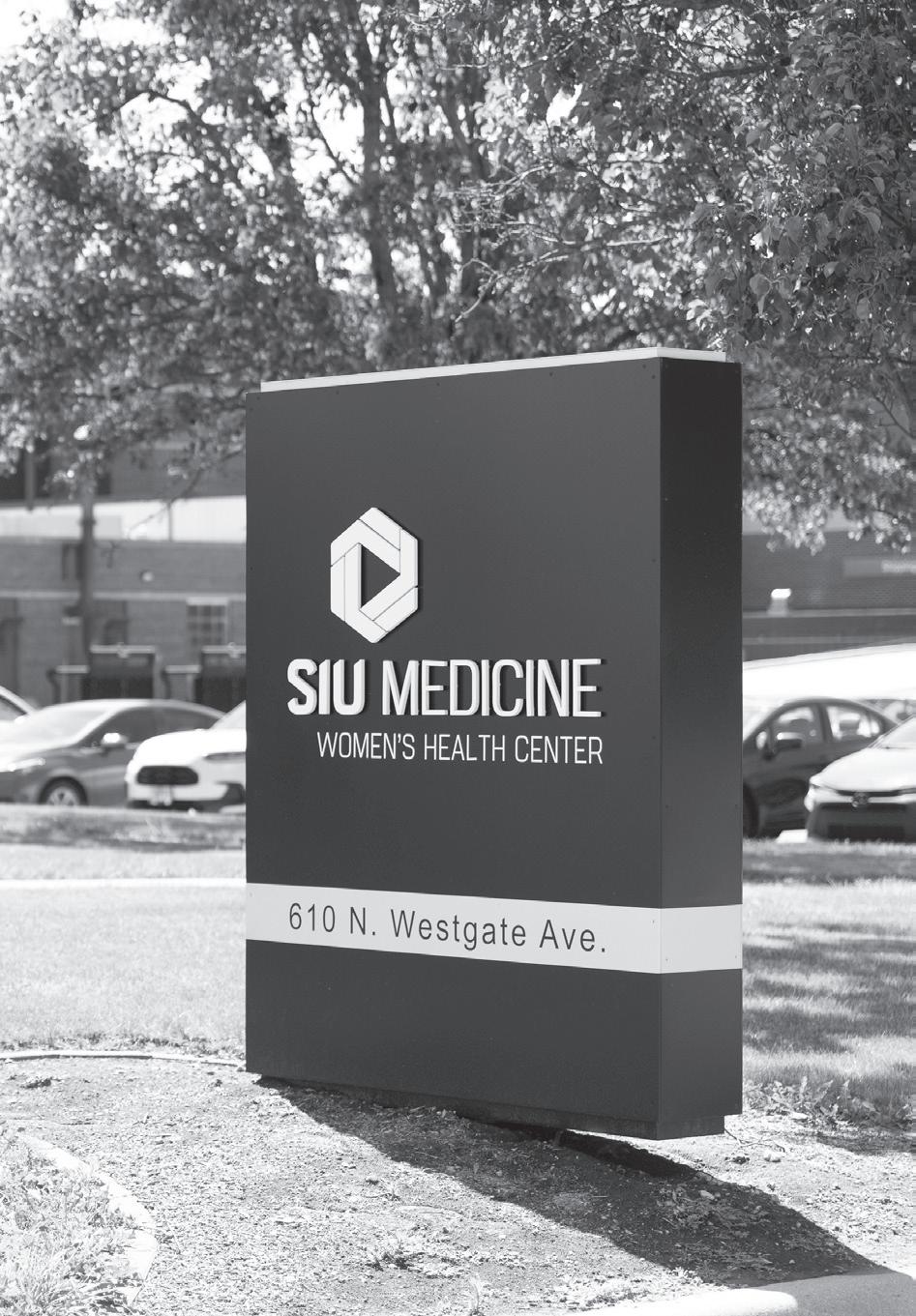
90% of sexually active individuals are exposed at some point. However, most infections clear on their own within two years. Persistent HPV infections that cause abnormal cell growth can increase the risk of cervical cancer, but regular pap screenings help detect these changes before they become serious.
7. Tampons stretch out your vagina.
The vagina is designed to stretch - childbirth proves its incredible elasticity. A tampon won’t change its shape or size permanently. Once removed, the vaginal muscles return to their normal state.
8. You can’t get pregnant during your period.
While the chances are low, pregnancy during your period is possible. Sperm can live in the body for up to five days. If you have a shorter menstrual cycle and ovulate soon after your period, you could become pregnant from having intercourse during your period
9. You can’t get pregnant while breastfeeding.
Breastfeeding can delay ovulation, but it’s not a guaranteed form of birth control. Ovulation occurs before your first postpartum period, so pregnancy is possible even if your period hasn’t returned. If you’re nursing, there are forms of birth control that are safe for your baby. Talk to your provider about what method is best for you.
10. Postpartum depression is rare.
1 in 5 women experience postpartum depression or PPD. If you’re struggling, know that you are not alone— and help is available. Talking with your doctor can open the door to treatment options that can support and improve your well-being.
• Experiencing intense anger, irritability, or rage
• Feeling emotionally disconnected or uninterested in your baby
• Changes in sleep patterns or appetite, whether increased or decreased
• Frequent crying or persistent feelings of sadness
• Struggling with guilt, shame, or a sense of hopelessness
• Losing interest or enjoyment in activities you once found pleasurable
• Having thoughts about harming yourself or your baby
At SIU Medicine, we’re your partner in health. Our team of women’s health experts is here to listen, provide answers and offer compassionate, evidence-based care right here in central and southern Illinois.
Need to talk?
Book an appointment with an SIU Medicine provider in Jacksonville by calling 217-2438455, in Springfield at 217.545.8000 or online at siumed.org.
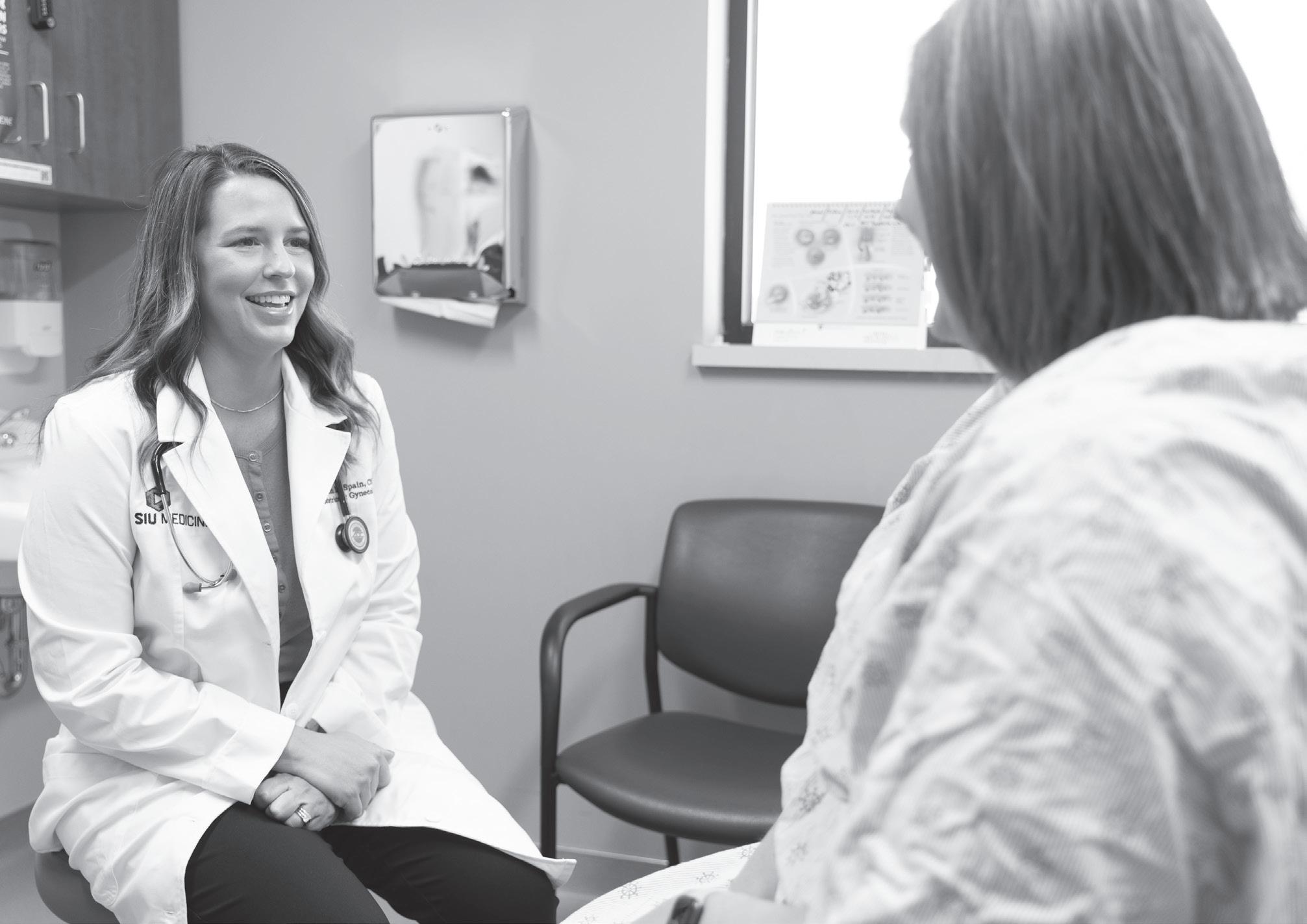
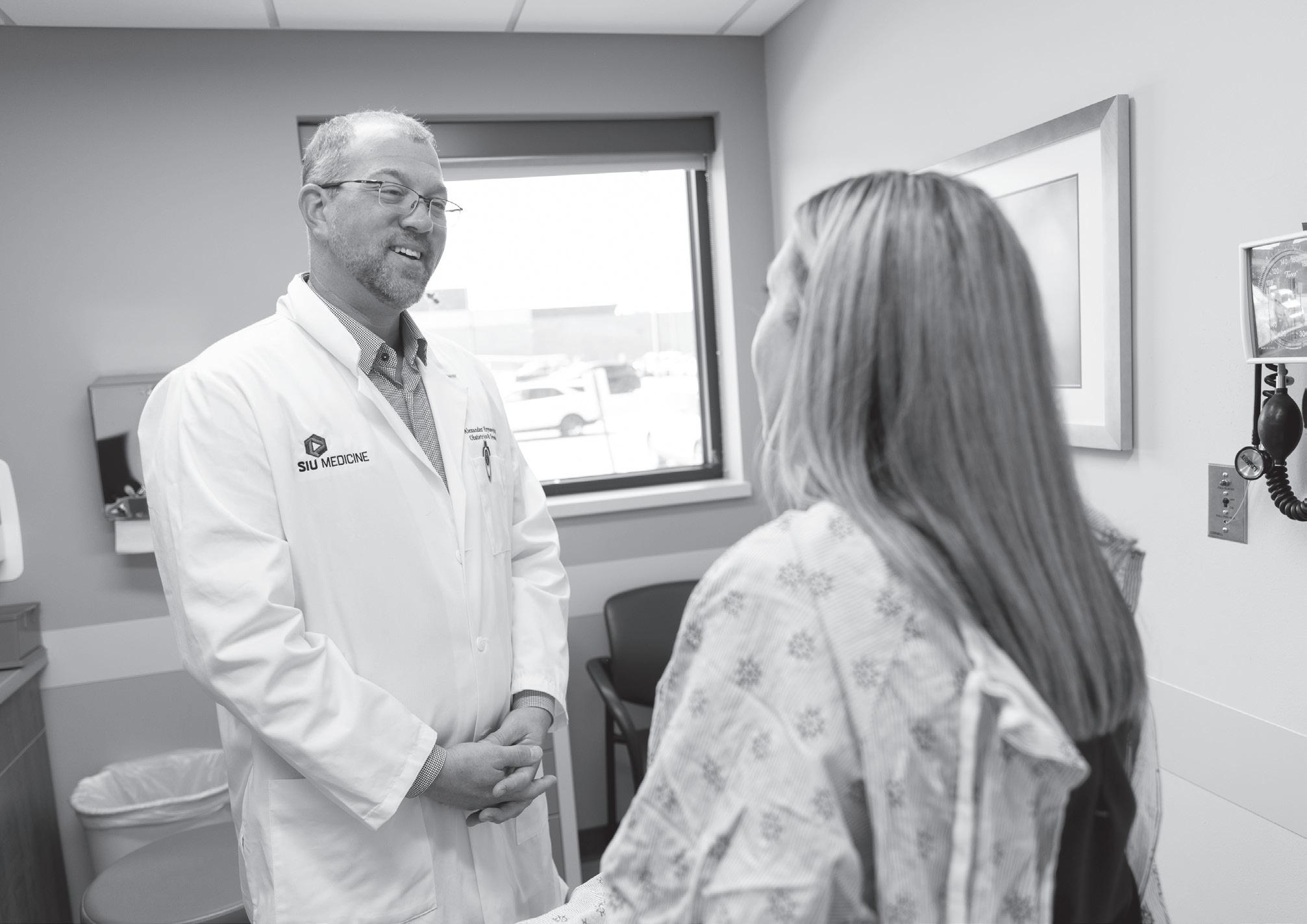

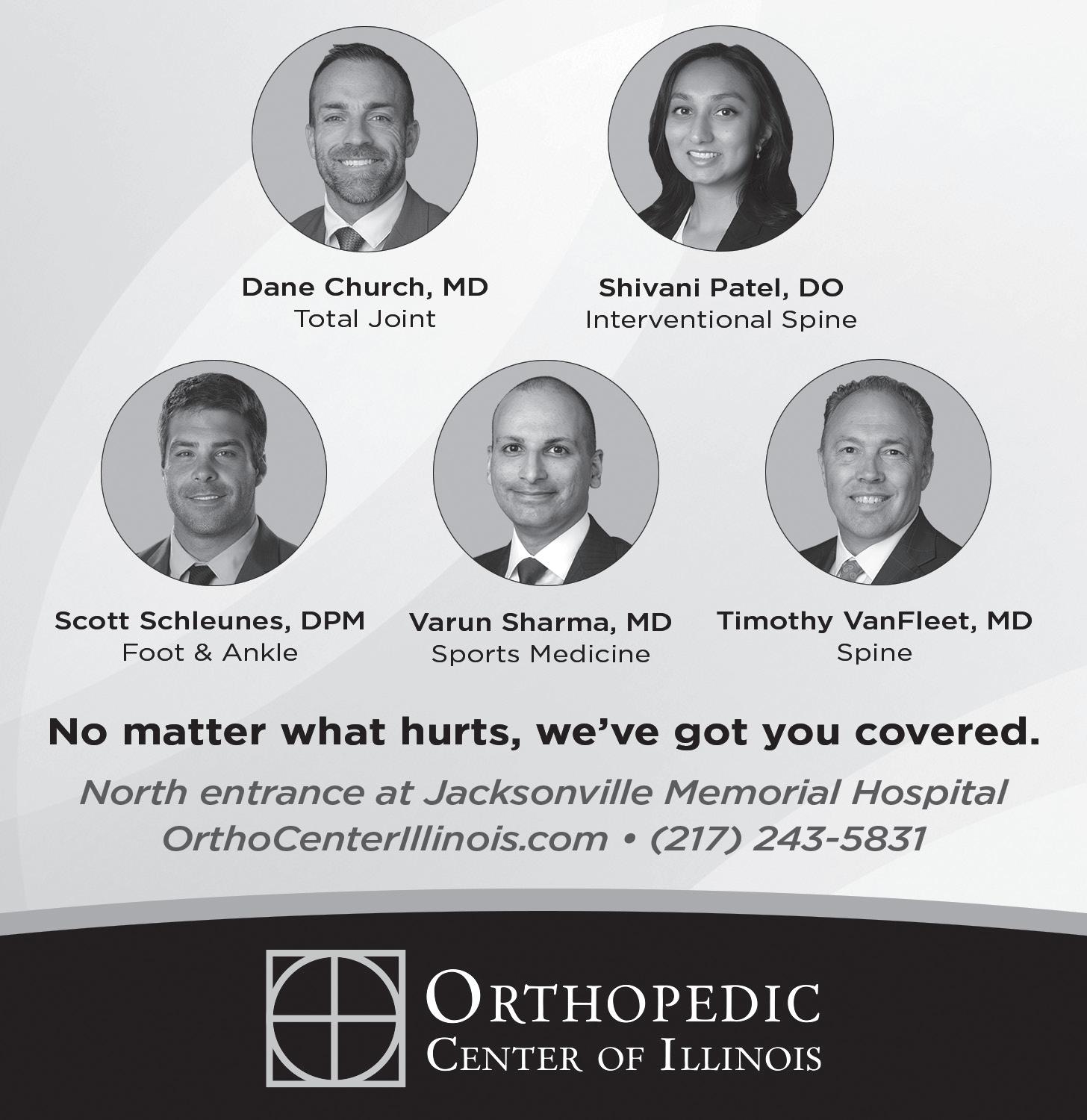
The phrase “get some sun” is heard far and wide between the months of May and September. Many people spend much of their weekends outdoors between Memorial Day and Labor Day, and that means exposure to the sun.
As the mercury rises and more and more people emerge from their winter and early spring hibernation, a rundown of the link between sun exposure and skin cancer can remind readers of the need to exercise caution when heading outdoors in the months to come.
Exposure to the sun is a risk factor for skin cancer. According to the American Institute for Cancer Research (AICR), exposure to ultraviolet radiation is the primary cause of skin cancer. Ultraviolet radiation comes from natural sources, like the sun, but also from artificial sources like tanning beds. The AIM at Melanoma Foundation
notes that exposure to the ultraviolet radiation is the main risk factor for melanoma, which the Melanoma Research Alliance notes is the deadliest form of skin cancer.
Does past exposure affect my risk today?
AIM at Melanoma notes that cumulative sun exposure and episodes of severe sunburns increase the risk of developing melanoma. According to the Skin Cancer Foundation, research has shown that the UV rays that damage skin also can alter a tumor-suppressing gene, giving cells less of a chance to repair before a progression to cancer takes place.
A single blistering sunburn in childhood or adolescence more than doubles a person’s risk of developing melanoma later in life, while five or more sunburns more than doubles that risk as well. The damage to skin caused by a sunburn is indeed cumulative, so the more sunburns
a person gets, the greater that person’s risk of developing skin cancer becomes.
So is a tan detrimental to overall health?
AIM at Melanoma notes that the tan many people hope to get and keep throughout late spring and summer is detrimental to their overall health. AIM notes that a tan develops when the skin tries to protect itself from UV rays by producing pigment as a protective shield. The more pigment the body produces, the darker the skin becomes. So a tan is evidence that the skin has been damaged by exposure to UV radiation. In fact, AIM notes that each time a person develops a tan, that individual’s risk of developing skin cancer increases. Spring and summer weather beckons people outside each day. When that call comes, individuals must make an effort to protect their skin from overexposure to the sun.

Summer is a season to enjoy some fun in the sun, but it’s imperative that people remember to take steps to reduce their risk for heat illness. Those measures should include efforts to hydrate and remain hydrated throughout the day. The Centers for Disease Control and Prevention report that water will almost always help people remain hydrated even when they’re working in the heat. But food also plays a vital role in preventing heat illness, as the CDC
notes eating regular meals can help to replace the salt lost through sweat. It’s also important that individuals avoid energy drinks and alcohol when spending time in the hot summer sun. Many energy drinks contain more caffeine than standard servings of coffee, tea and soft drinks, and excessive caffeine consumption can contribute to dehydration. The same can be said for alcohol, and the CDC reports that consuming alcohol within 24 hours of working in the heat can increase the risk of heat illness.
